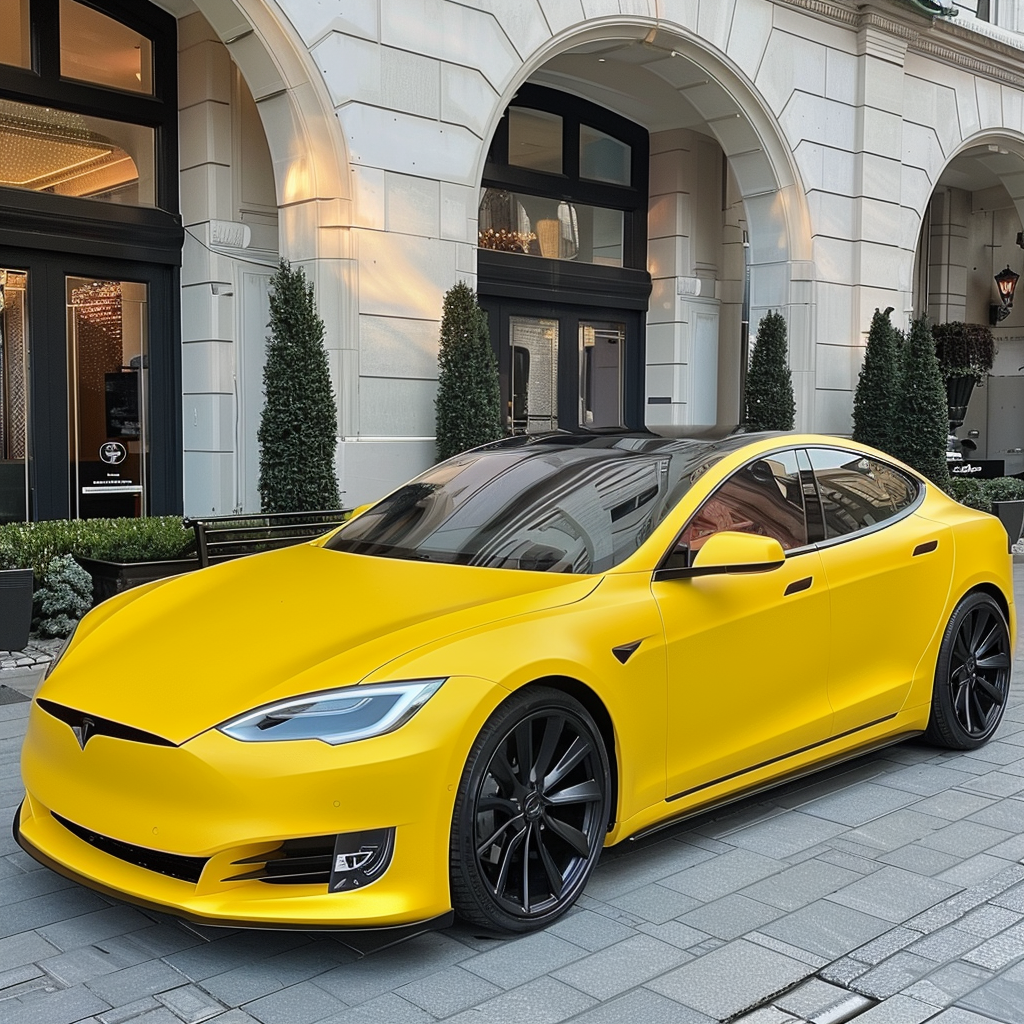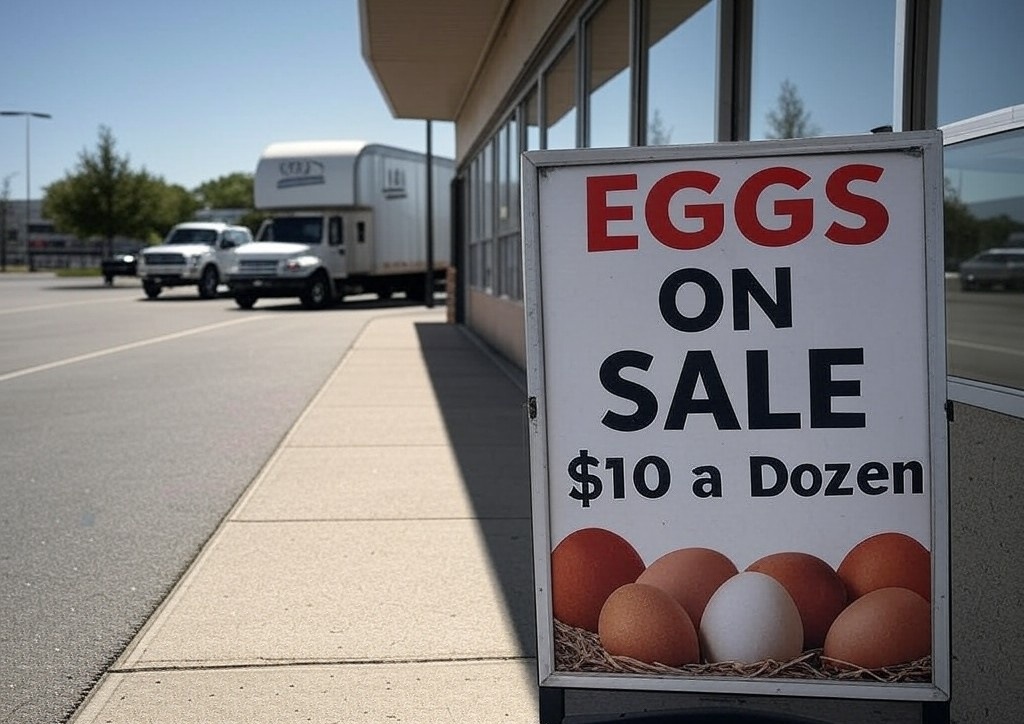A new study published in the Journal of Environmental Science & Technology found that the overall efficiency of vehicles (how much CO2 they emit per mile traveled) improved by 11.9% over a period of nearly 5 years, or 2.6% per year in the Bay Area. This means cars are becoming better at reducing the amount of CO2 they emit. A link to the study can be found at the end of this article.
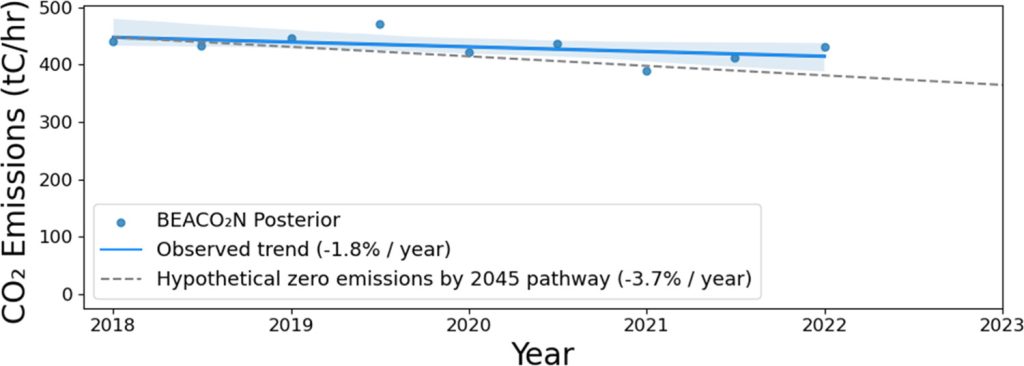
The adoption rate of EV’s in the Bay Area is one of the highest in the country and the reduced CO2 emissions in the area are a sign that things are moving in the right direction.
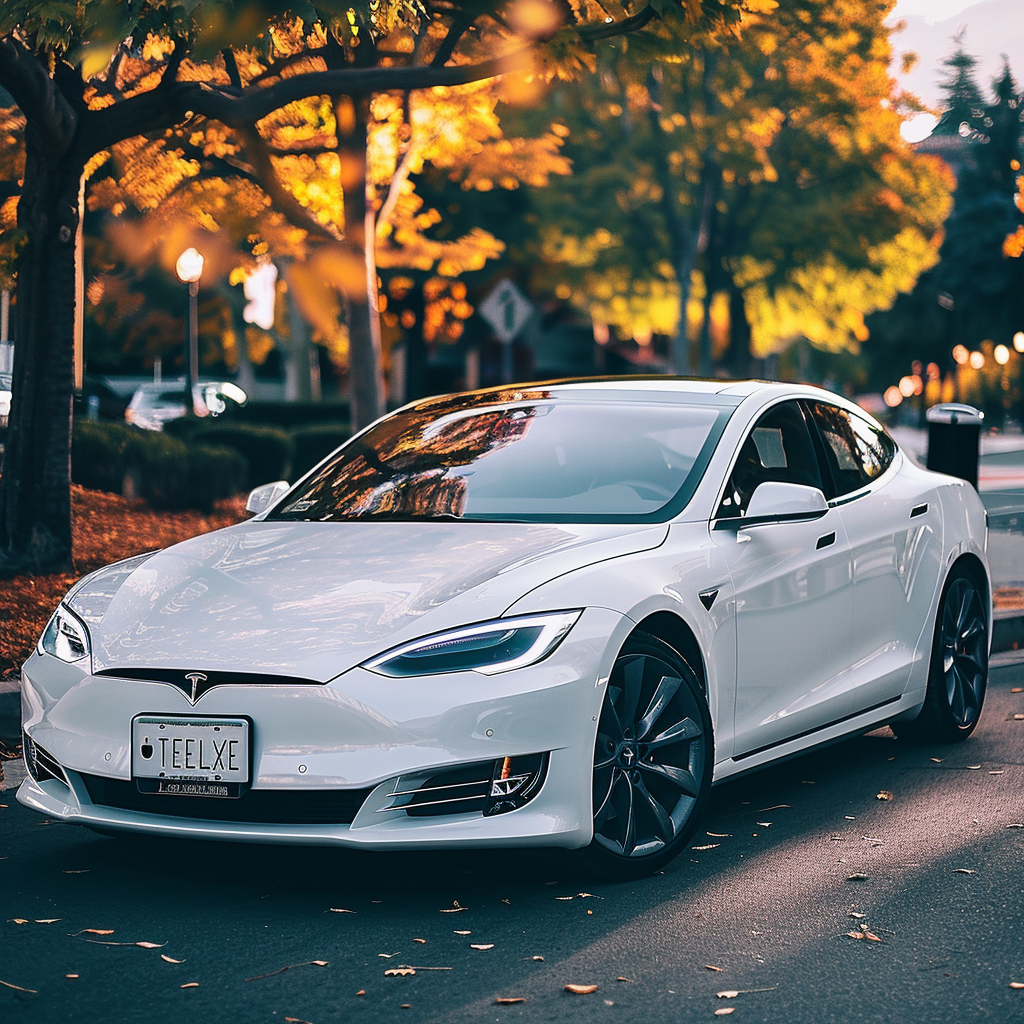
To understand how certain this 2.6% improvement rate is, the researchers tested different values and found that the actual improvement could be between 1.9% and 3.3% per year.

This finding is similar to a previous study that found a 7.6% improvement in fuel efficiency over 3 years (2018-2020), suggesting that cars are continuing to become more efficient.
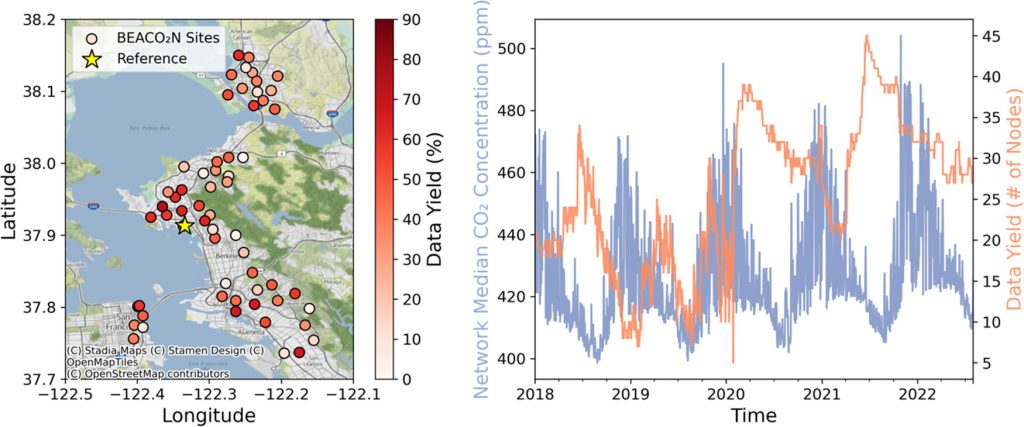
Interestingly, this result matches a prediction made by the California Air Resources Board in 2017. They predicted a 2.5% per year improvement in vehicle efficiency for the Bay Area from 2018 to 2022.
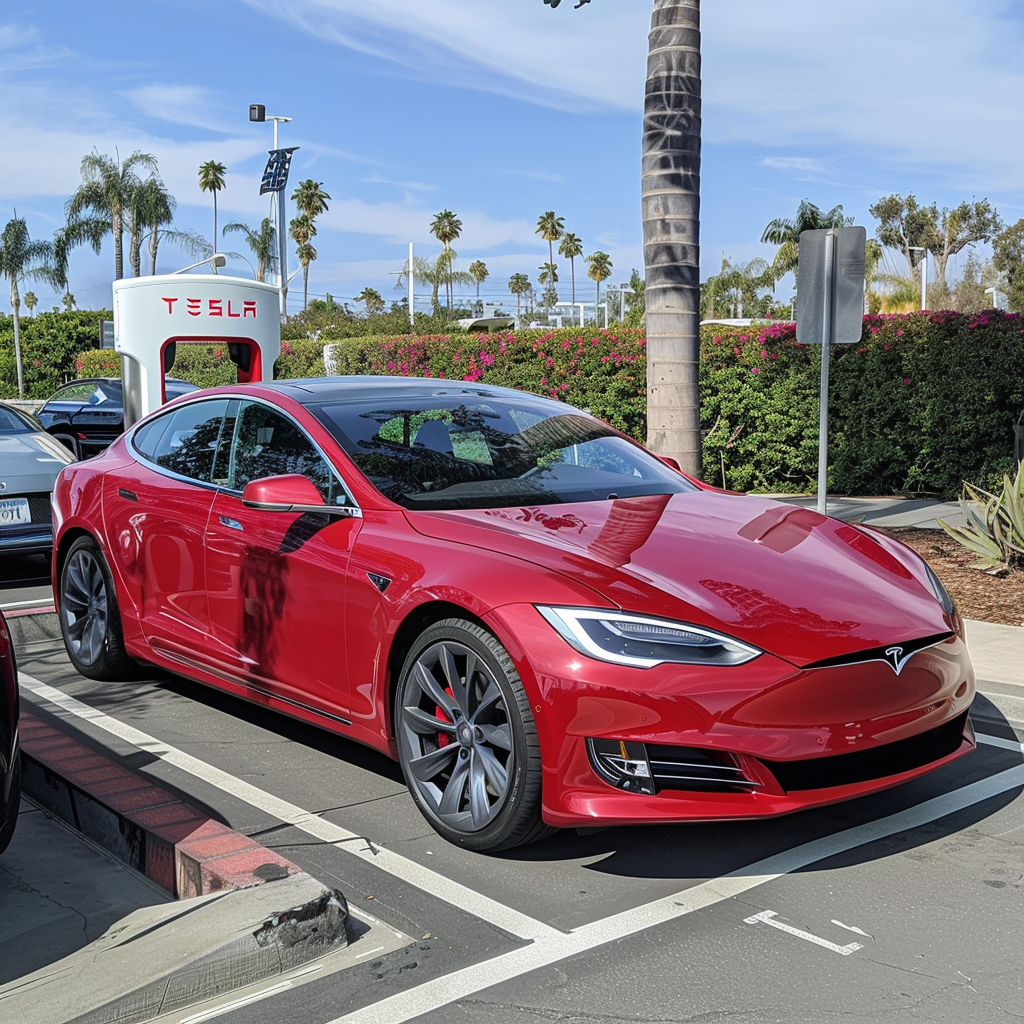
The 11.9% improvement likely comes from more people using electric and hybrid cars, and older, less efficient cars being taken off the road.
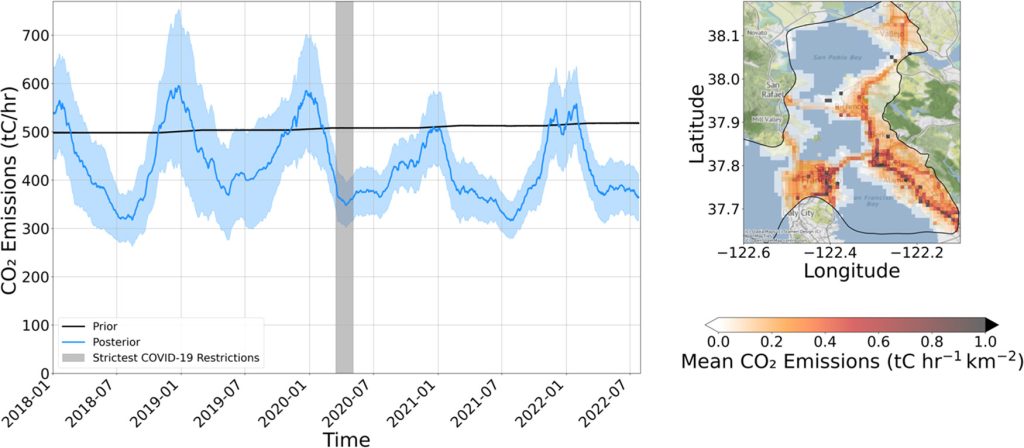
The study also found that low-emission and zero-emission vehicles are being adopted more quickly in the area studied than in the whole state of California. As of January 2022, plug-in hybrid, battery electric, and hydrogen fuel cell vehicles make up 4.2% of the cars in the study area (up from 2.1% in October 2018). For the whole of California, these types of cars made up only 2.7% of all cars (1.4% in October 2018).
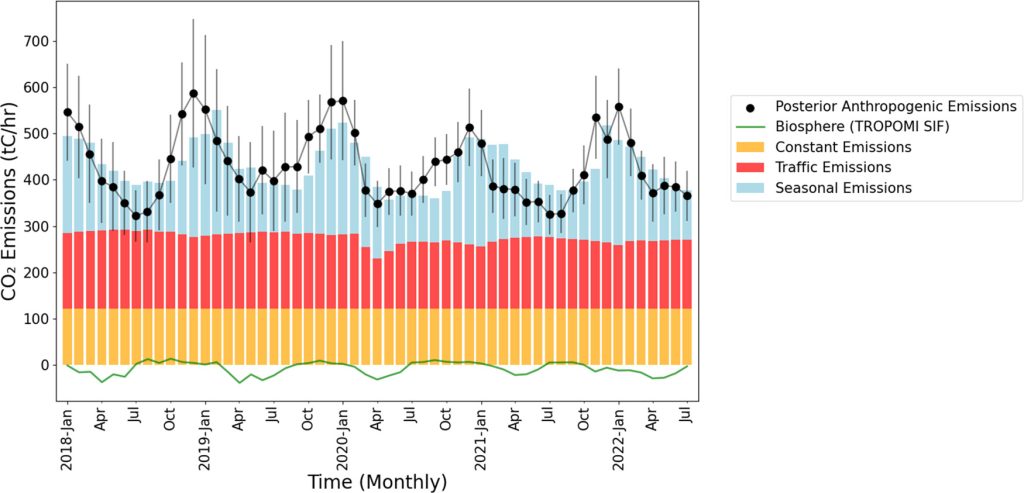
The study presented CO2 emissions for a region of the San Francisco Bay Area from 2018 to 2022. It found that CO2 emissions in the area are decreasing at a rate of 1.8% per year from 2018 levels. However, if this rate continues, it will only lead to a 50% reduction of 2018-level emissions by 2045, which is not enough to meet the zero-emission targets set by many cities in the region.
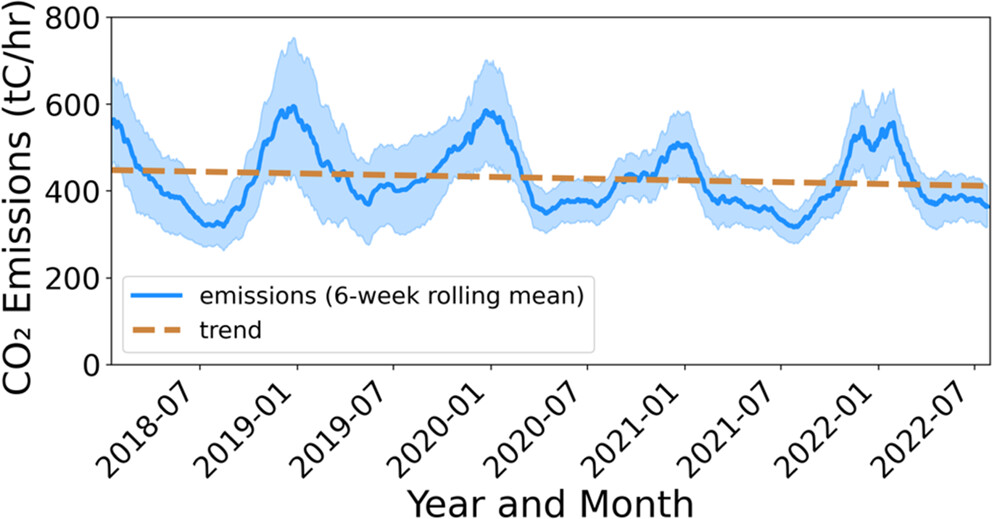
The study also calculated the rate of change of the CO2 emission factors for the entire fleet of vehicles, which was found to be -2.6% per year.

This study provides a good example of how to monitor and manage carbon at the city level. However, it also highlights the need for faster action to achieve the ambitious zero-emission targets that cities are aiming for.
Link to the study published in the Journal of Environmental Science & Technology.

